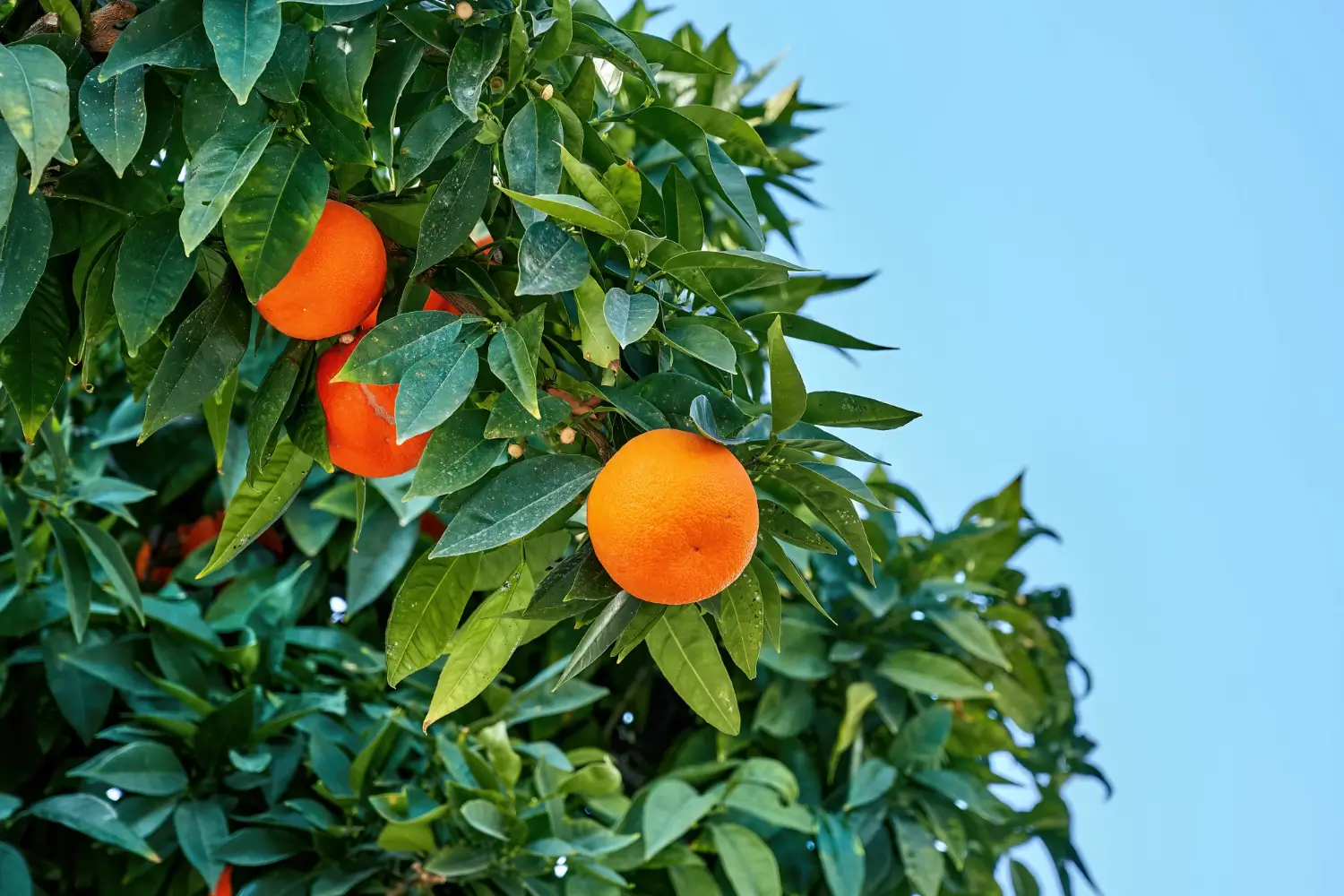
Soil Health & Fertilization
We unite suppliers and green industry professionals worldwide
San Marzano tomatoes are a source of national pride. But you don’t have to be in Italy to enjoy them. San Marzanos are grown by gardeners worldwide at home for their deliciousness and high yields — especially those who love canning or making homemade sauc
By Mariam Scott
|Published on June 19, 2025
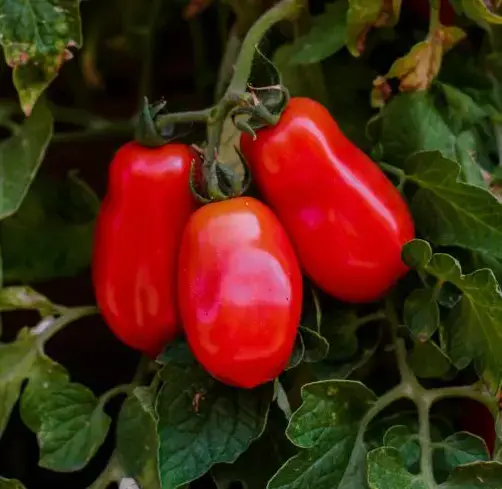

“Can a single tomato define a nation’s cuisine?”
The San Marzano tomato comes pretty close. Born in the fertile volcanic soil of southern Italy, this tomato variety is revered as the gold standard for pasta sauces, known for its elongated shape, meaty flesh, and rich, sweet flavor with low acidity.
Raised in the shadow of Mount Vesuvius and protected by the European DOP (Denominazione d’Origine Protetta) label, true San Marzano tomatoes are a source of national pride. But you don’t have to be in Italy to enjoy them. San Marzanos are grown by gardeners worldwide at home for their deliciousness and high yields — especially those who love canning or making homemade sauce from scratch.
Whether you’re growing them in raised beds or big containers, San Marzanos are a flavorful and rewarding crop for beginner and experienced gardeners alike.
| Common Name | San Marzano Tomato |
| Botanical Name | Solanum lycopersicum 'San Marzano' |
| Type | Fruit-bearing annual |
| Height/Spread | 3 to 6 feet tall, 1 to 2 feet wide |
| Sunlight Requirements | Full sun |
| Soil Needs | Rich, well-draining soil |
| Watering Needs | Regular, deep watering |
| Bloom Time | Summer (fruits form after flowers) |
| Hardiness Zones | USDA 3–11 (grown as annual) |

September 25, 2025
9 minute read
September 24, 2025
9 minute read
September 23, 2025
10 minute read
September 22, 2025
9 minute read


Join as a seller and connect with thousands of B2B buyers nationwide!
Sign Up

Fall Fiesta Sugar Maple
For autumn splendor, few trees can hold a candle to Fall Fiesta Sugar Maple (*Acer saccharum 'Fall Fiesta').
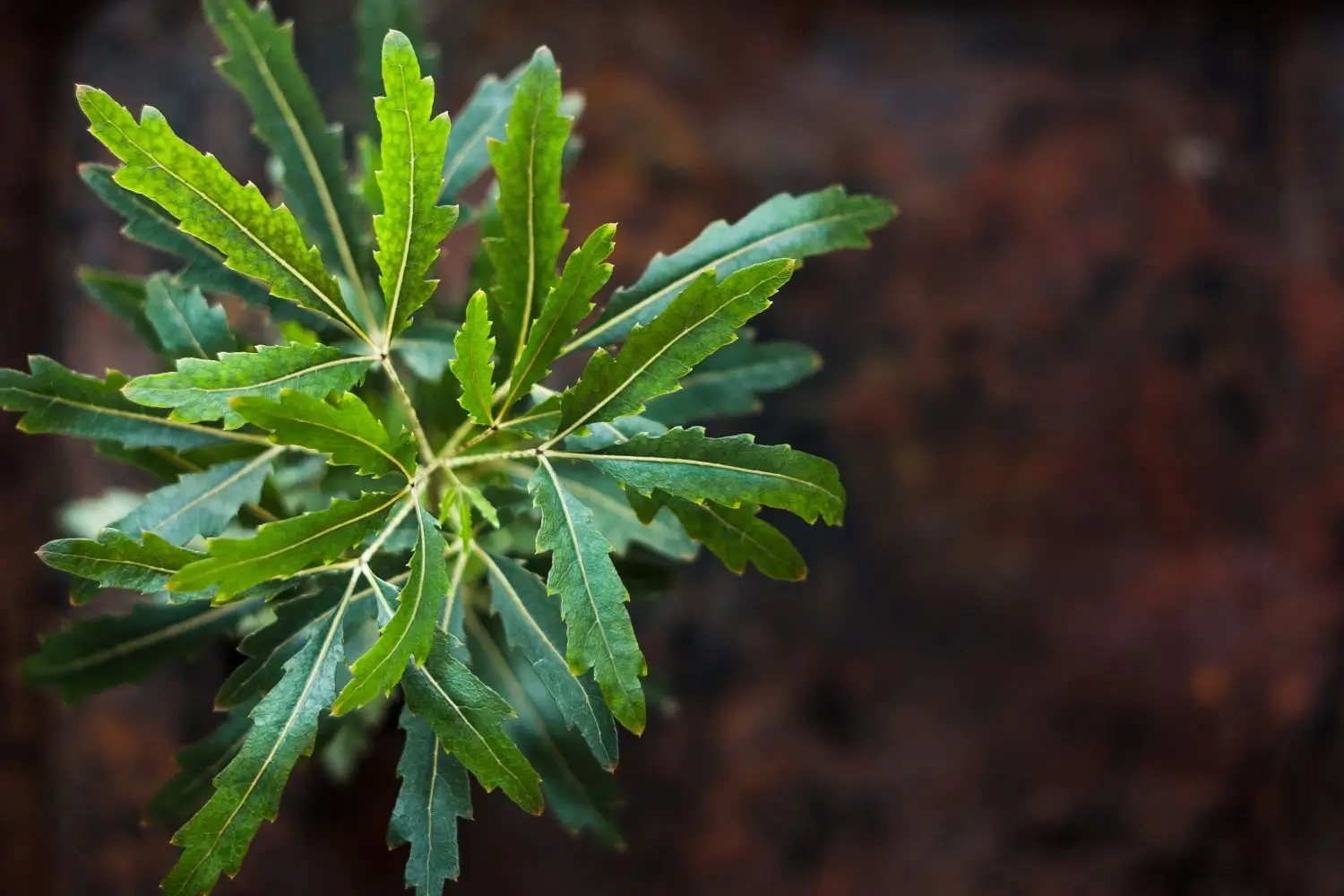
False Aralia
If you are thinking about bringing a bit of the tropical indoors, the False Aralia (Schefflera elegantissima) may be just the plant for you
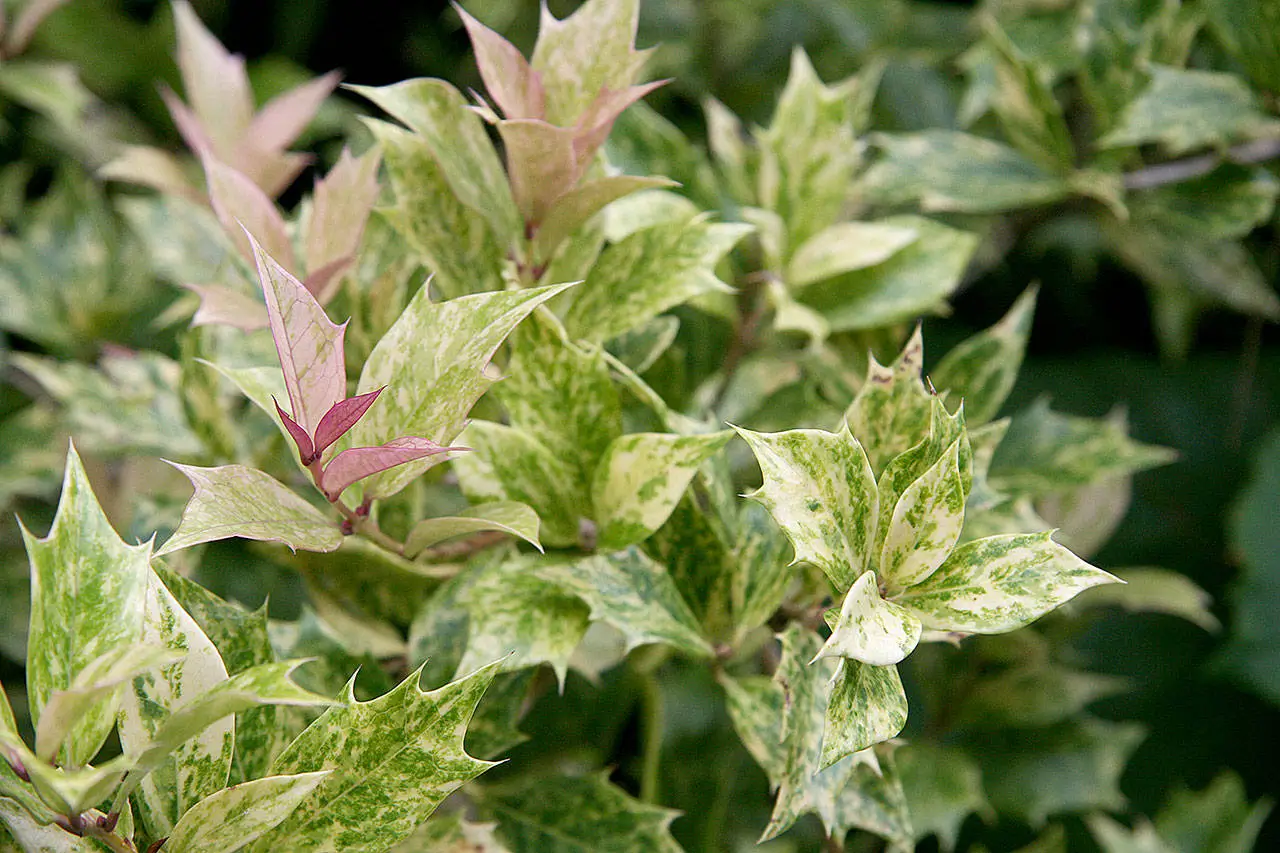
False Holly
Want to add a bold evergreen shrub to your landscape or garden? The False Holly (Osmanthus heterophyllus) may be exactly that source for you.
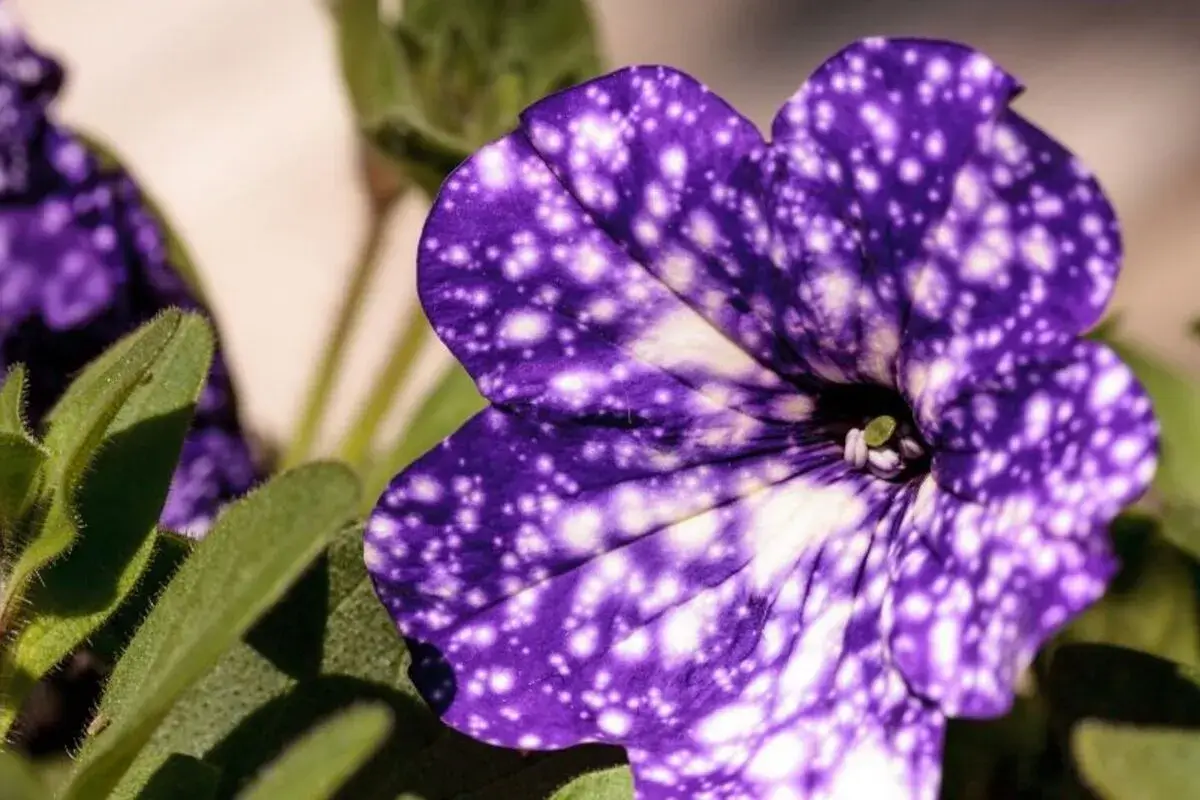
Galaxy Petunia
The Galaxys Petunia (Petunia hybrid) is a flower that seems to be painted with the universe itself.
Sun, warmth, and fertile soil are the growing conditions of San Marzano tomatoes. They are indeterminate, which means they keep growing and producing fruit until the frost. This makes them a bit taller and more vine-like than bush varieties, so they benefit from support such as stakes or cages.
They like their soil evenly moist, though not soggy, and will repay you with long clusters of bright red, oblong fruits that make the best of sauces, pastes and salsas. Start from seed indoors or purchase transplants—either way, give them room to grow, and they’ll keep producing all summer long.
San Marzanos require full sun, a minimum of 6–8 hours per day. In cooler areas, opt for a south-facing spot with lots of warmth. Little sunlight leads to fewer fruits and leggy plants.
Use rich, loamy soil amended with compost or organic matter. This is crucial to avoid root rot. The best pH is a bit acidic to neutral (approximately 6.2–6.8).
Provide deep, regular moisture. Tomatoes hate inconsistent watering — that results in cracked fruits or blossom end rot. Water at the base to prevent wetting leaves which leads to fungal disease. Use mulch to retain moisture and regulate soil temperature.
Pruning keeps San Marzanos clean and productive. As indeterminate growers, they benefit from sucker removal (the little shoots that form between the main stem and branches). This concentrates energy on fruit production.
Also cut away any lower leaves touching the soil, which can pose a risk for disease. As the season progresses, cutting off the top growth can refocus energy on ripening the remaining fruits.
San Marzano tomatoes are usually grown from seed:
You can root cuttings in water, too, but seed starting is a more reliable method.
These tomatoes can thrive in containers if properly supported.
Potted San Marzanos might dry up more quickly than in-ground plants, so keep a close eye on soil moisture.
San Marzanos are grown as annuals in most areas, so they don’t overwinter outside. However:
If desired, you can overwinter a small cutting indoors under grow lights, though this is rarely done due to reduced vigor in the second year.
Before fruit appears, tomato plants bloom with tiny yellow flowers. They are self-pollinating, but increasing airflow or gently shaking the plant can aid fruit set. Fruits will start to develop in a week or two after flowers get pollinated. Regular feeding and consistent watering can encourage plenty of flowers and then a harvest of fruit.
San Marzano tomatoes can experience some common tomato issues.
Companion planting with basil or marigolds can potentially cut down on pests and make for better flavor.
With its deep roots in Italian cuisine and a flavor profile that stands above the rest, the San Marzano tomato is more than just a fruit—it’s a culinary icon. Growing your own brings unbeatable taste and satisfaction, whether you're simmering marinara or bottling homemade passata. Taking care of these classic tomatoes will make your garden into a Mediterranean dream—one vine at a time.
You bet — lots of chefs and home cooks love low acidity, dense texture and rich flavor in these tomatoes, especially for sauces.
Not reliably. Store-bought fruits can be hybrids or processed, so it’s best to purchase certified San Marzano seeds.
Depending on climate and care, they can grow 5 to 6 feet. Provide strong support.
Yes, but they don’t have the same juiciness as slicers — they really shine in cooking, roasting and sauce-making.

Soil Health & Fertilization
Victor Miller
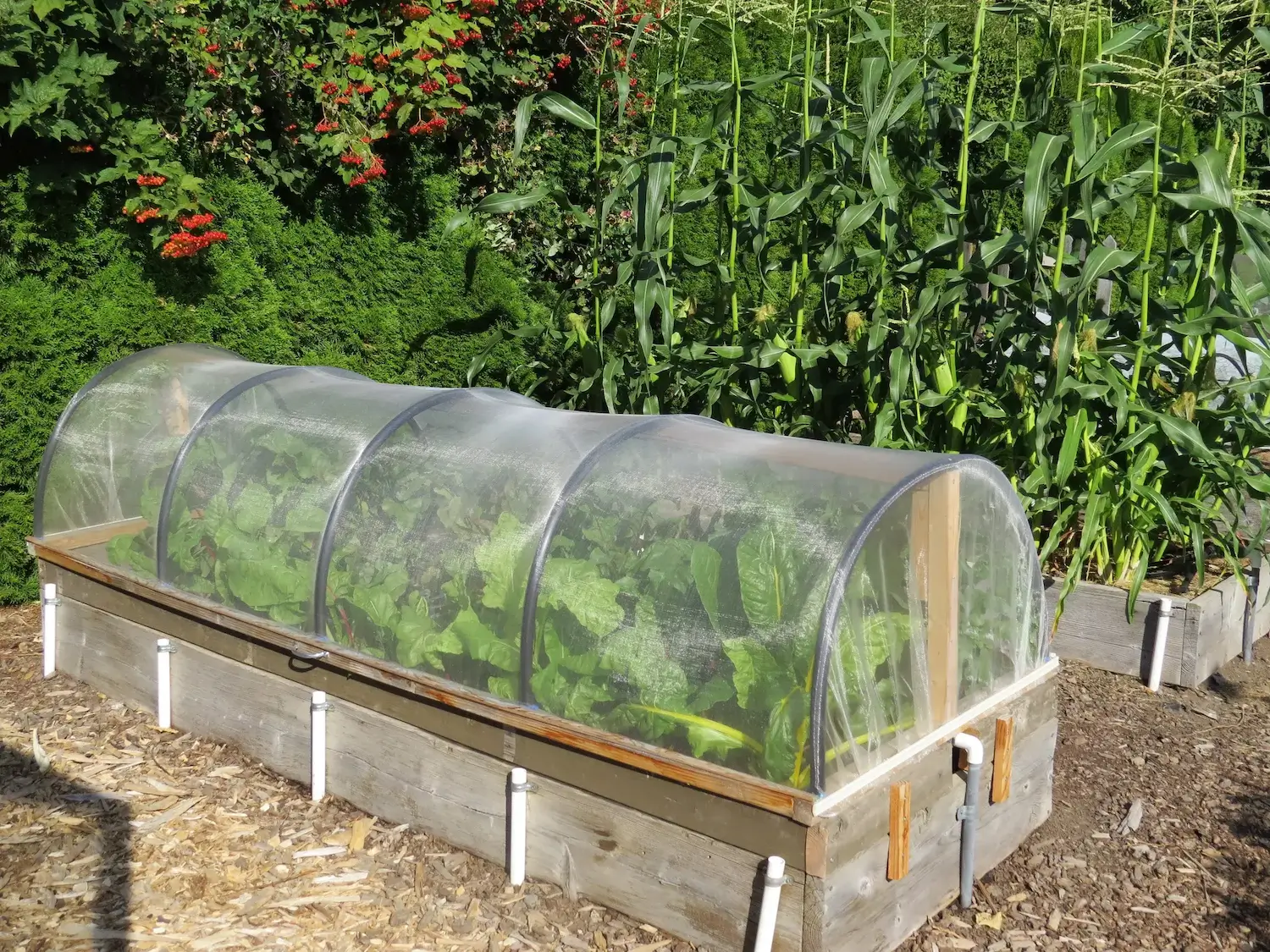
Pest Identification & Prevention
Victor Miller

Lawn Care Tips & Maintenance
Victor Miller
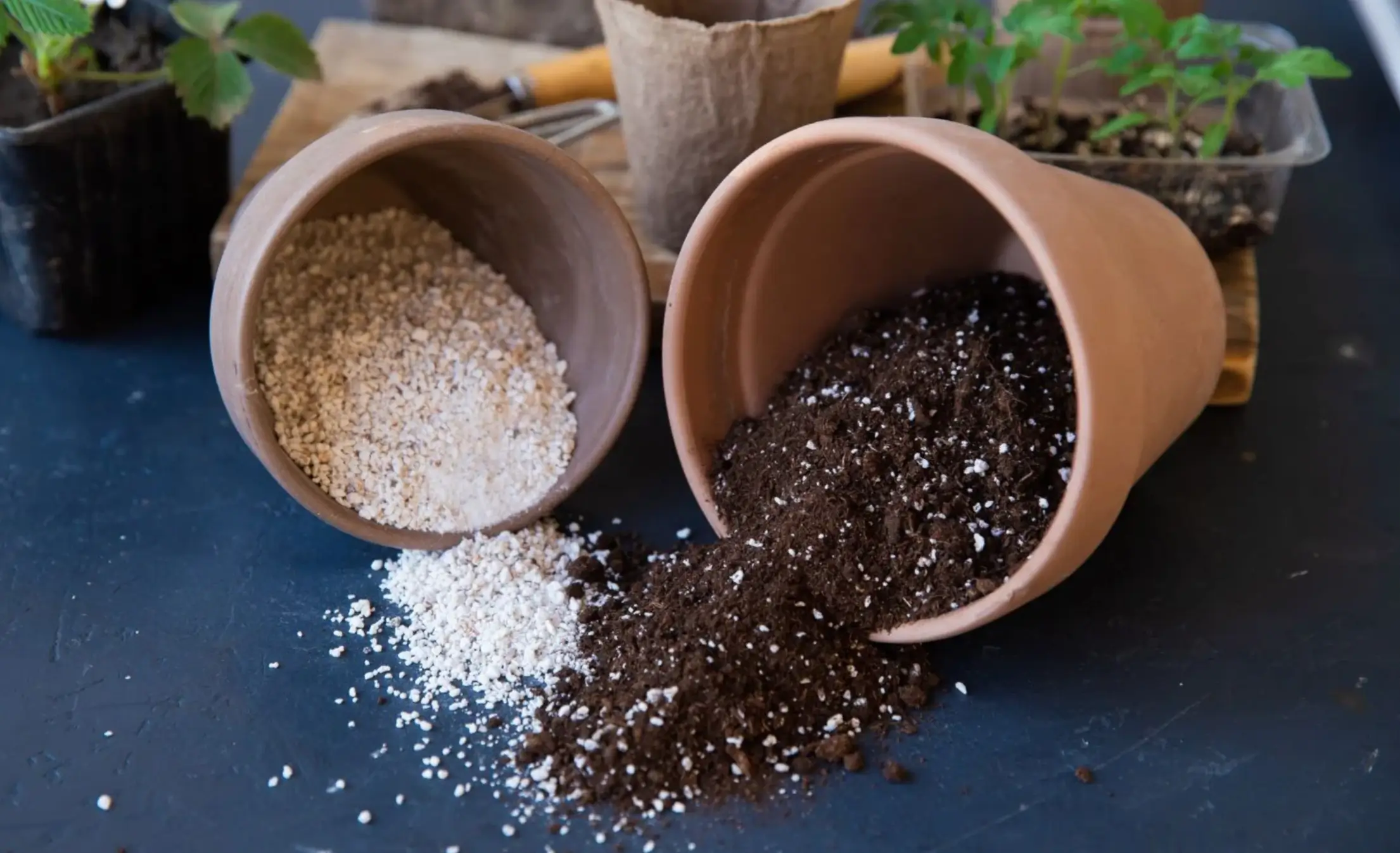
Soil Health & Fertilization
Victor Miller

Smart Irrigation Systems
Victor Miller

Patios, Walkways & Driveways
Victor Miller
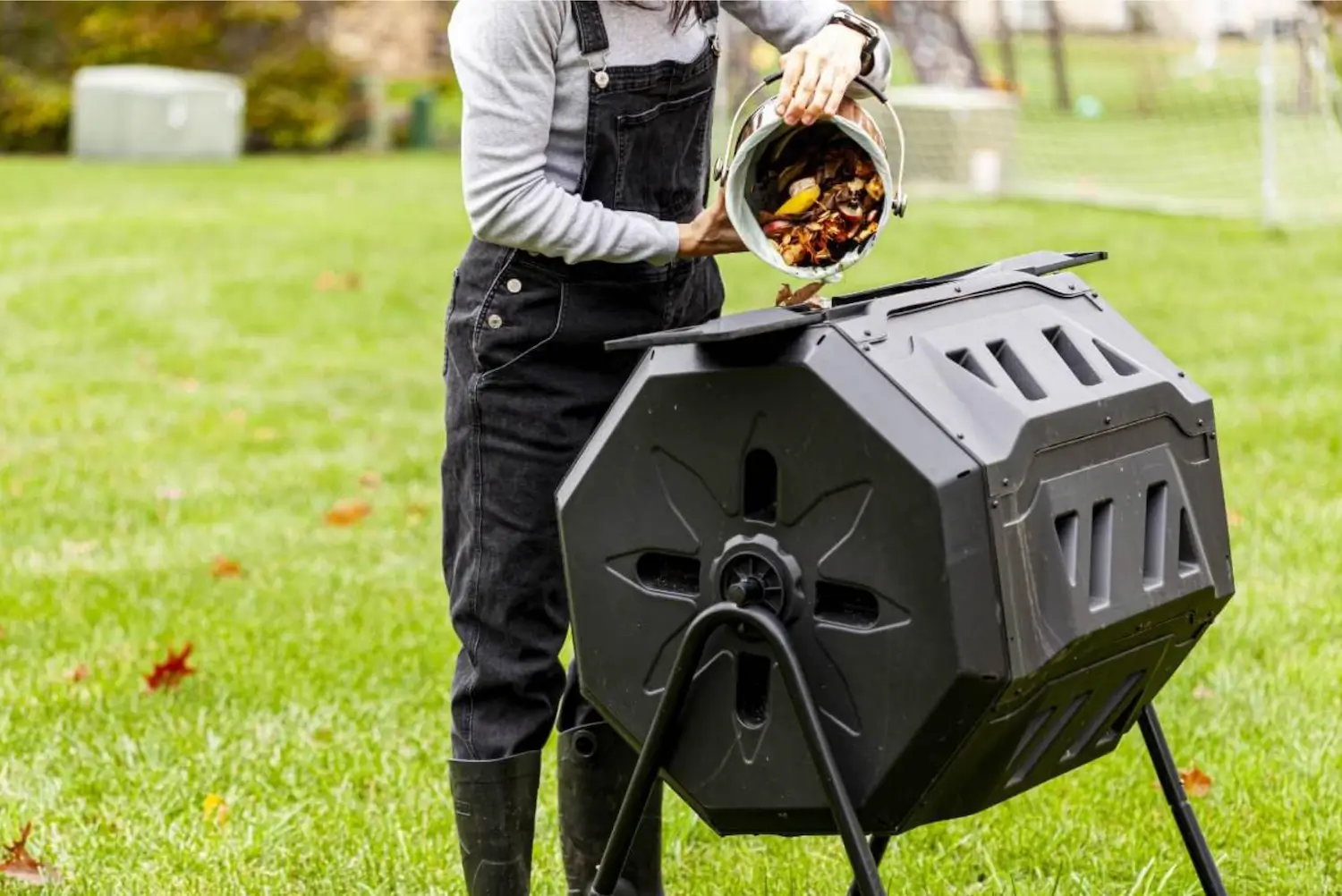
Soil Health & Fertilization
Victor Miller
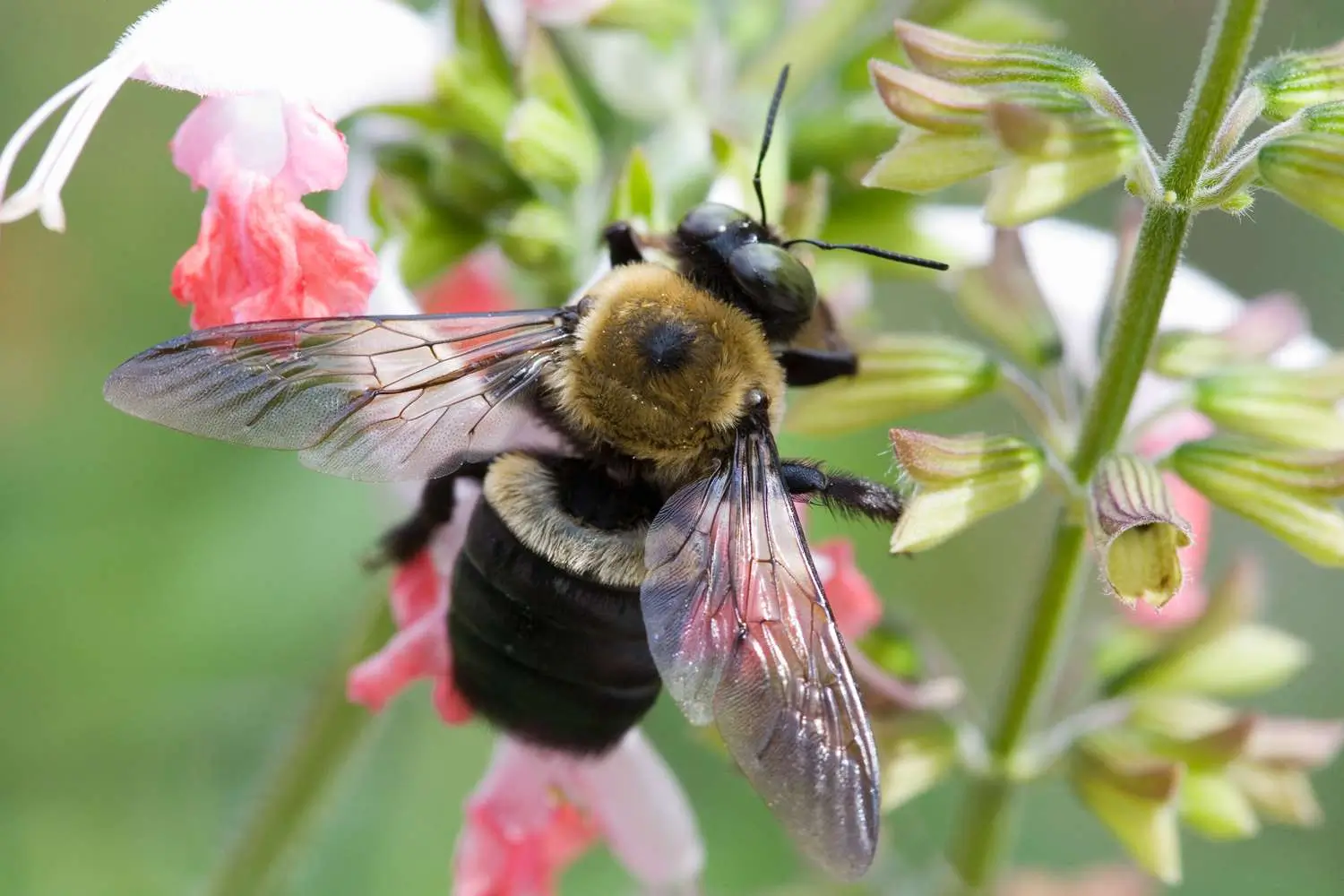
Pest Identification & Prevention
Victor Miller
My Account
Our team is always here to help.
We are open Monday - Friday, 9:00 AM to 4:30 PM PST.